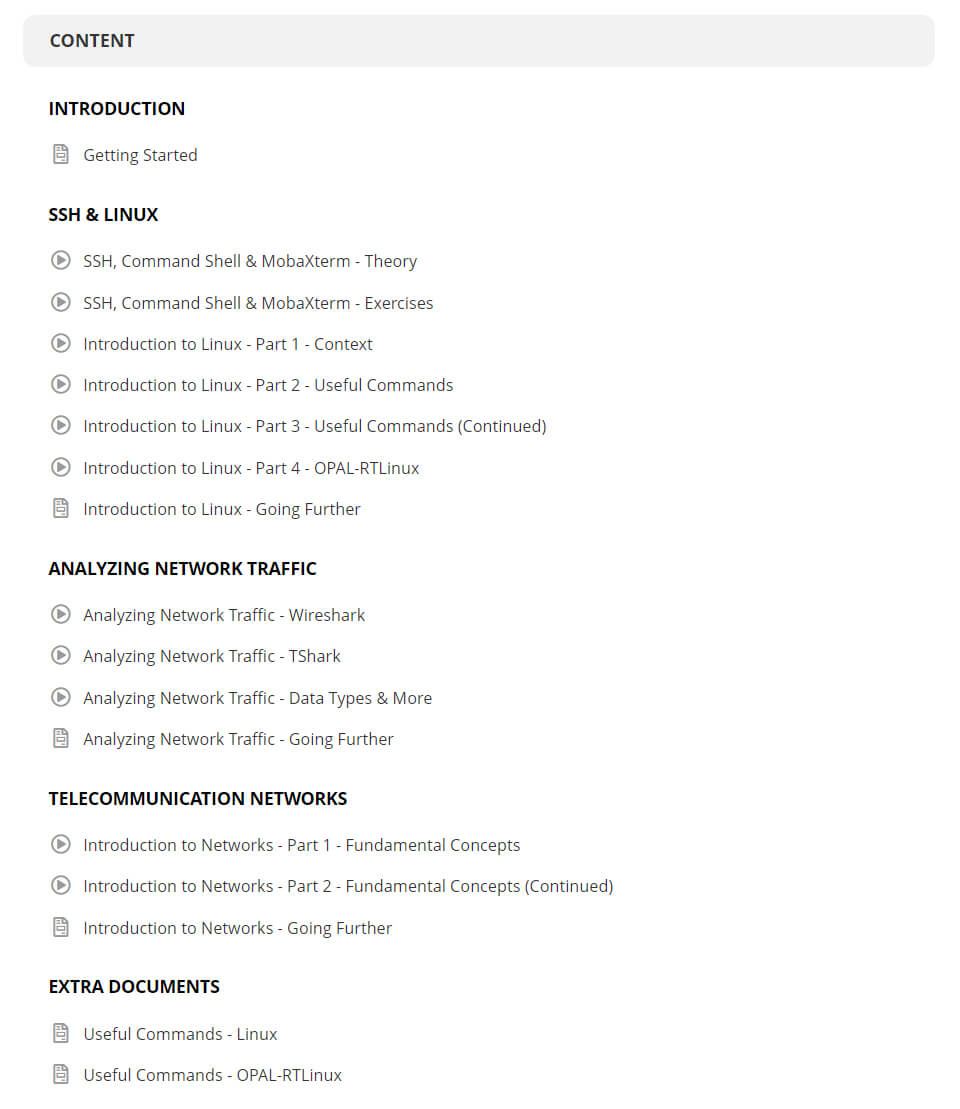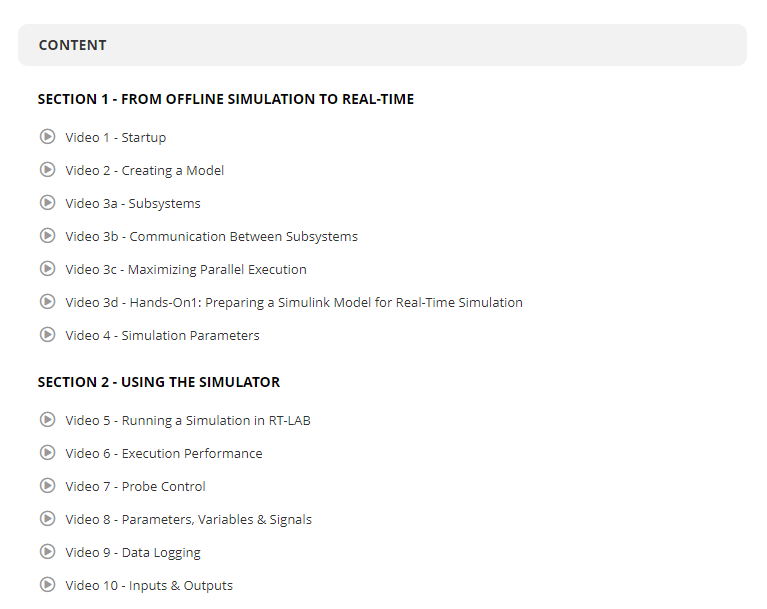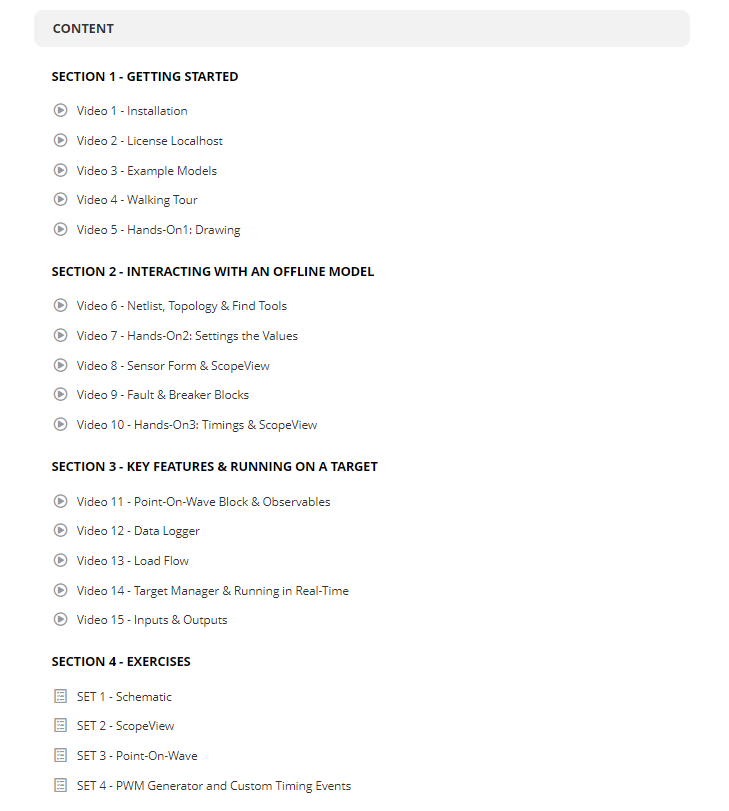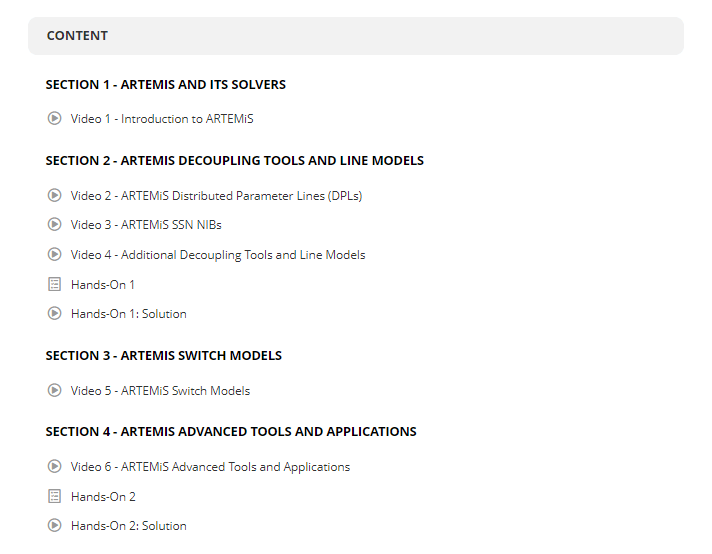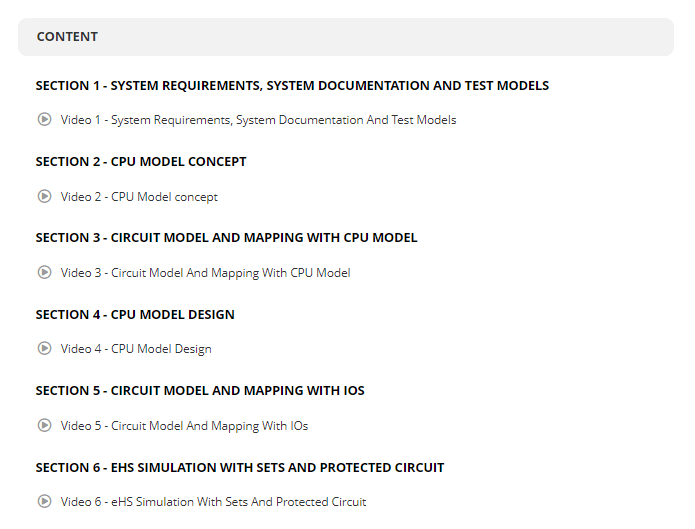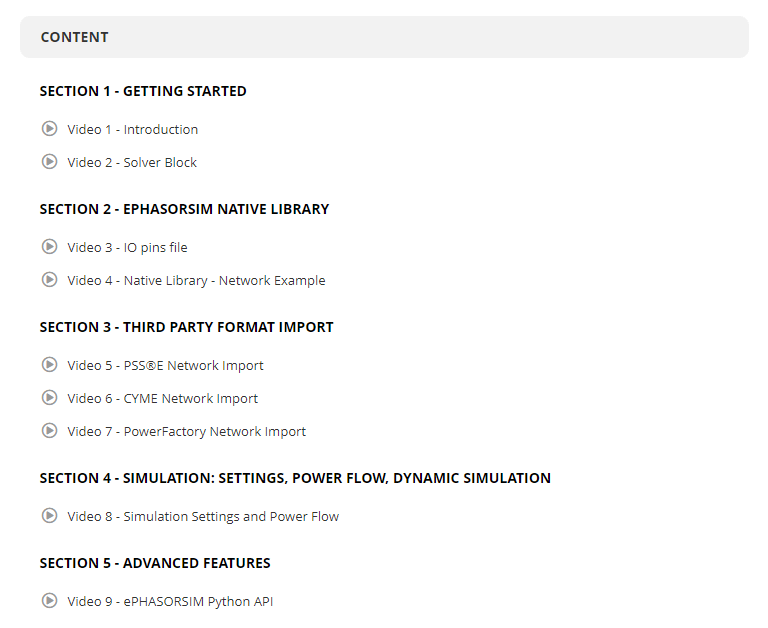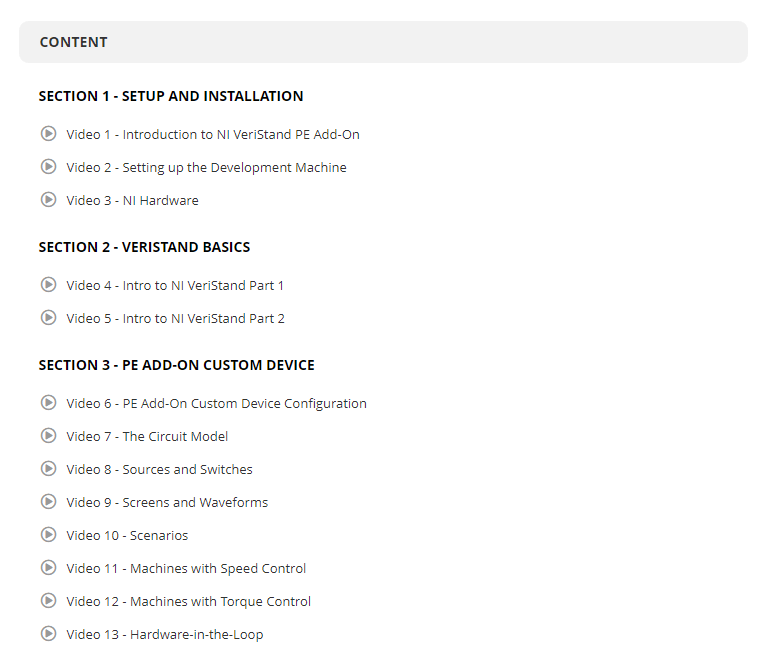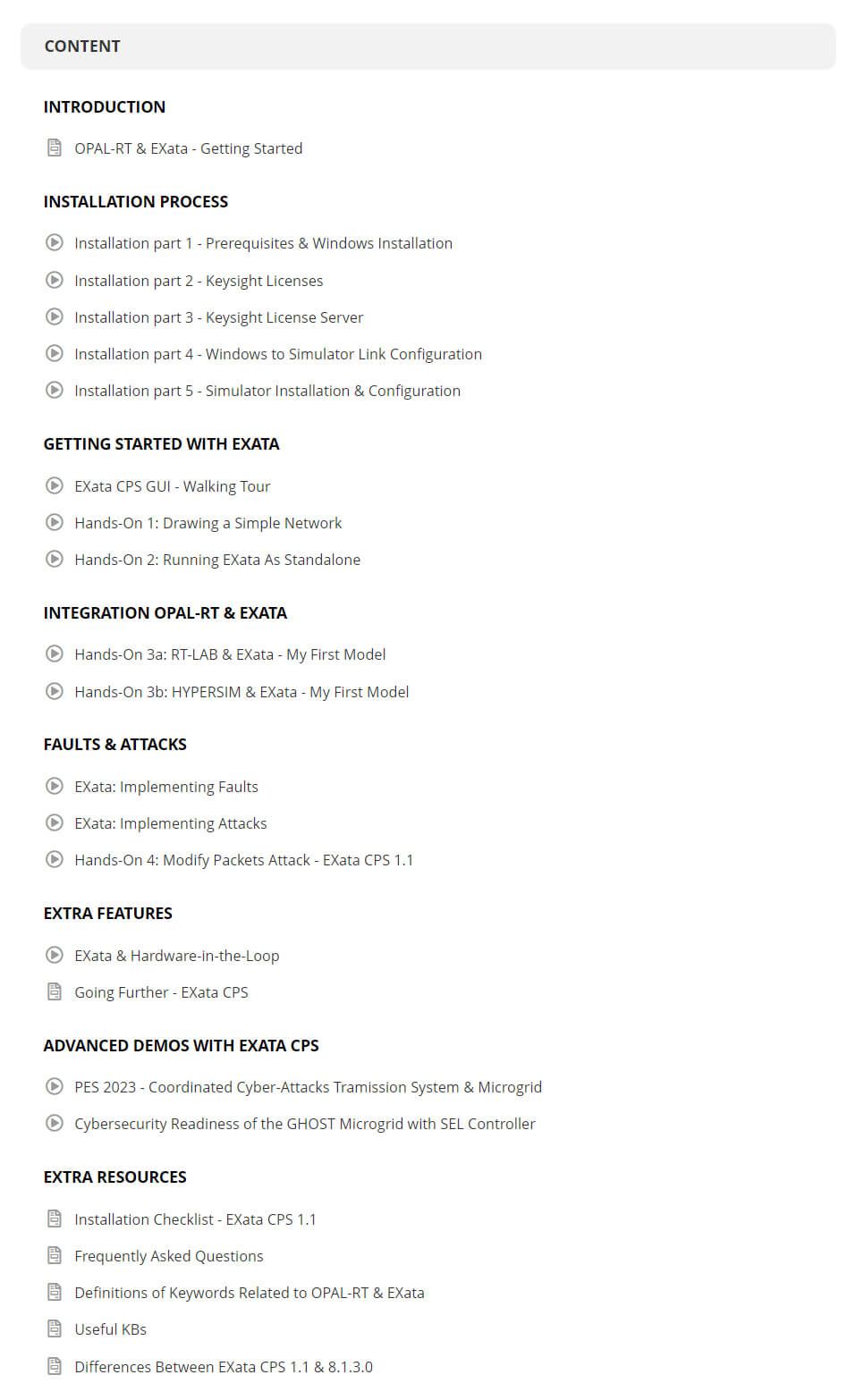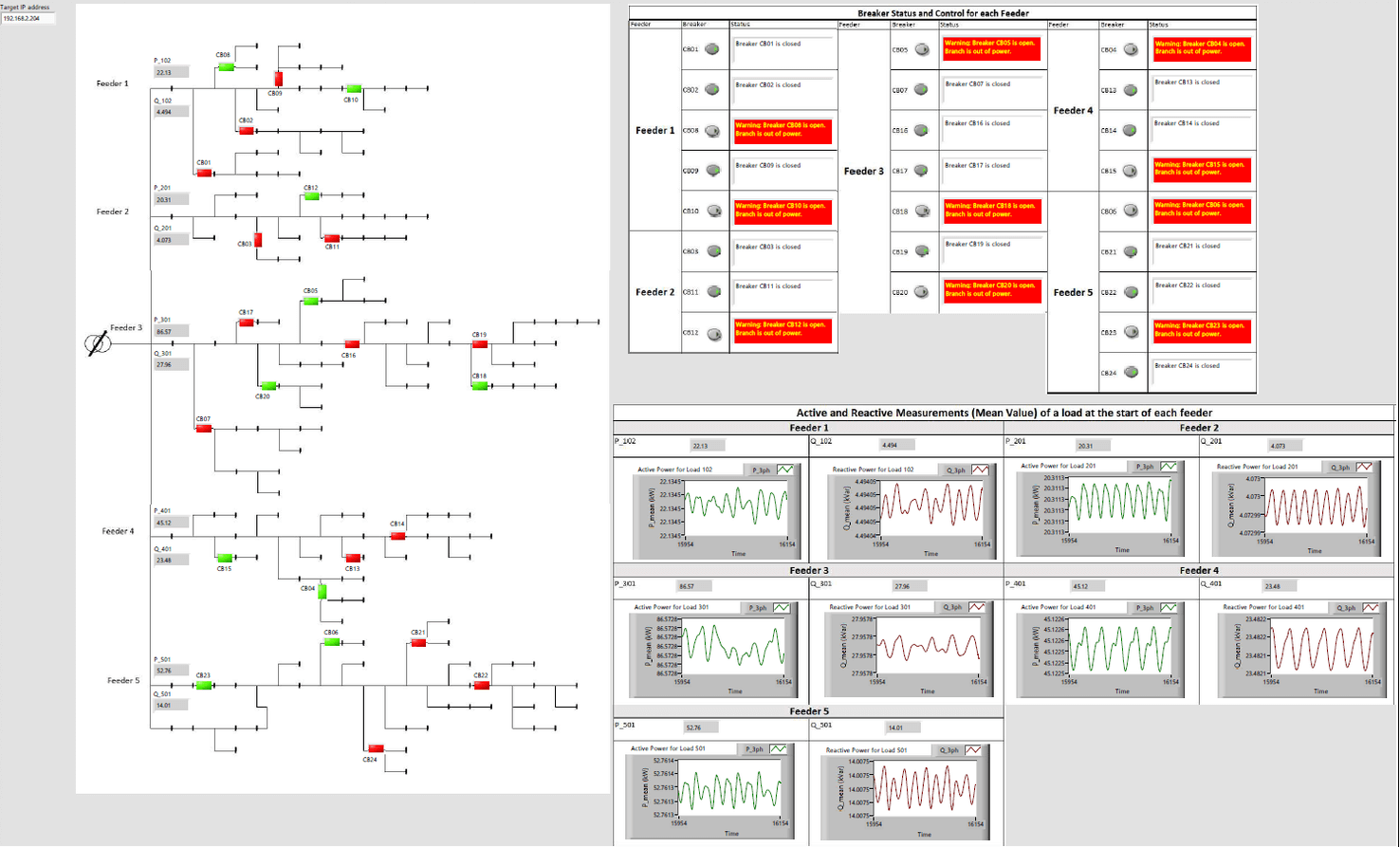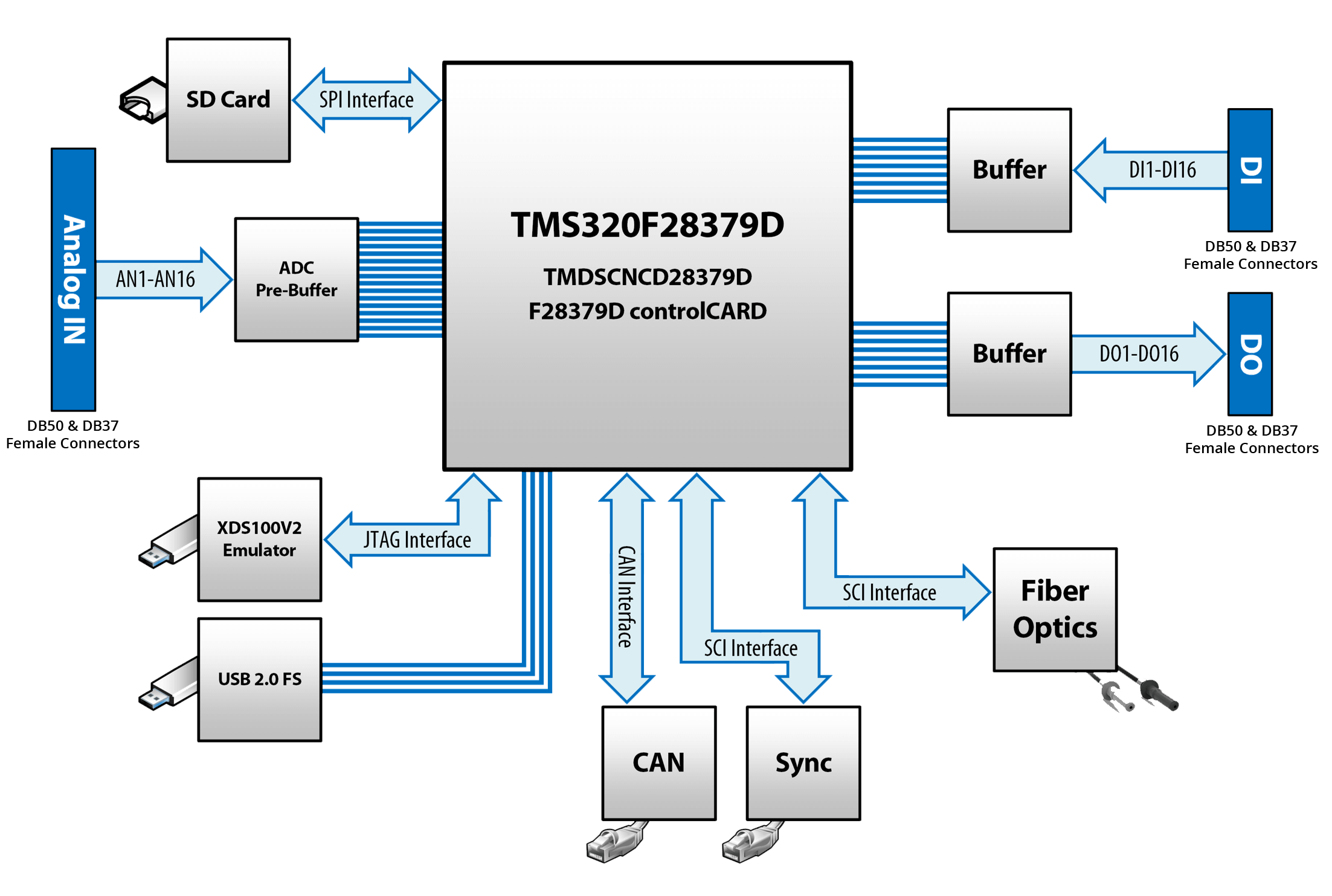Knowledge Base
Welcome to OPAL-RT’s Knowledge Base
OPAL-RT offers a repository of support information for optimal use of its technology.
Please note that OPAL-RT knowledge base is not fully optimized for mobile platforms.
For optimal experience, use a desktop computer.
|
Reference Number: AA-01041// Views: AA-01041// Created: 2015-11-02 18:05:57// Last Updated: 2022-11-17 09:39:18 HowTo How can I connect to my OPAL-RT simulator? OverviewThis article explains the three possible configurations in which an OPAL-RT simulator can be connected to a host (your PC or laptop). Connecting to your simulator (target) is the second step in using your simulator, after having installed RT-LAB on the host computer. It will be shown how to achieve each type of connection, and the pros and cons of each type. Possible Connection Types:
A) LAN Connection: In this configuration the host computer communicates with the OPAL-RT simulator through a Local Area Network (LAN). This connection allows the host computer to have access to more than one real time simulator connected to the LAN. Also, multiple host computers running RT-LAB can access a simulator through this configuration (Figure 3.2.a). B) Network switch connection: The simulator target and the host computer can be connected to the same physical network switch, which in turn does not need to be connected to a LAN (Figure 1.b). C) Direct connection through Ethernet interface: If neither a LAN nor a network switch are available, users can directly connect the host computer and the simulator through an Ethernet adapter (Figure 3.2.c). Please see the section below titled: "Direct Ethernet connection between the OPAL-RT simulator and a host computer" for full instructions on establishing this type of connection. Making the Connection A) and B): LAN or Network switch connection (Recommended)The LAN and Network Switch connections are recommended, since they do not require any special configuration of the network adapter. As long as the host Ethernet adapter is configured to obtain an IP address automatically it will be capable of detecting a simulator connected to the same switch/LAN. Note: Switches installed in racks provided by OPAL-RT are usually unmanaged switches. In other words, they are not capable of assigning automatically IP addresses. For both these configurations, simply connect your OPAL-RT simulator’s Ethernet port to a network switch. Typically this is the first port on the left, although your System Description Document will confirm this. The network switch in turn is linked to the host PC or the LAN where the intended host is connected, as shown in Figure 2:
Figure 2: LAN/Network switch connection between an OPAL-RT simulator and a host computer. NOTE: Although the Ethernet port location may differ for other simulator models (OP4510, OP4200 etc.) the above instructions still apply. C) Direct Ethernet connection between Simulator and Host (Not Recommended)In the absence of a LAN or router, the host computer and the OPAL-RT target can be linked through their Ethernet adapters as shown in Figure 3 for an OP5600 real time simulator:
Figure 3: Direct connection between OPAL-RT real time simulator and its host computer through the Ethernet adapter (depicted for an OP5600 simulator) A standard Ethernet cable suffices if host’s Ethernet adapter supports Auto-MDIX[1], which is the case for most modern adapters. Users are advised to verify their host system documentation if they need to validate this. In the case the adapter does not support Auto-MDIX, an Ethernet cross-over cable must be used (Auto-MDIX will support also a crossover cable). Next, the user needs to change the settings of host’s Ethernet adapter. Changing the settings of the network adapterGo to the Windows Start menu and type “network”. Select “Network and sharing center”: Select change adapter settings on the navigation bar on the left: Double click on the selected Local Area Connection (i.e. Ethernet adapter): Click on “Properties”=>”Internet Protocol Version 4”: Select “Use the following IP address”. Here, we will assign an IP address to your host, so it will be able to "see" your simulator. The first three sections of the IP address to be entered must match those of your real time simulator. You can obtain the IP address of your simulator from your System Description Document. For example, if the IP address of the OPAL-RT simulator is 192.168.12.17, then the first three sections of the host IP address must be 192.168.12.XXX. For the last section, XXX is a number ranging from 0 to 255. In this example, the number must be different from 17 since this address is occupied by the simulator.
Click OK. The host computer is now configured to directly communicate to the RT-LAB software though the Ethernet adapter.
|

